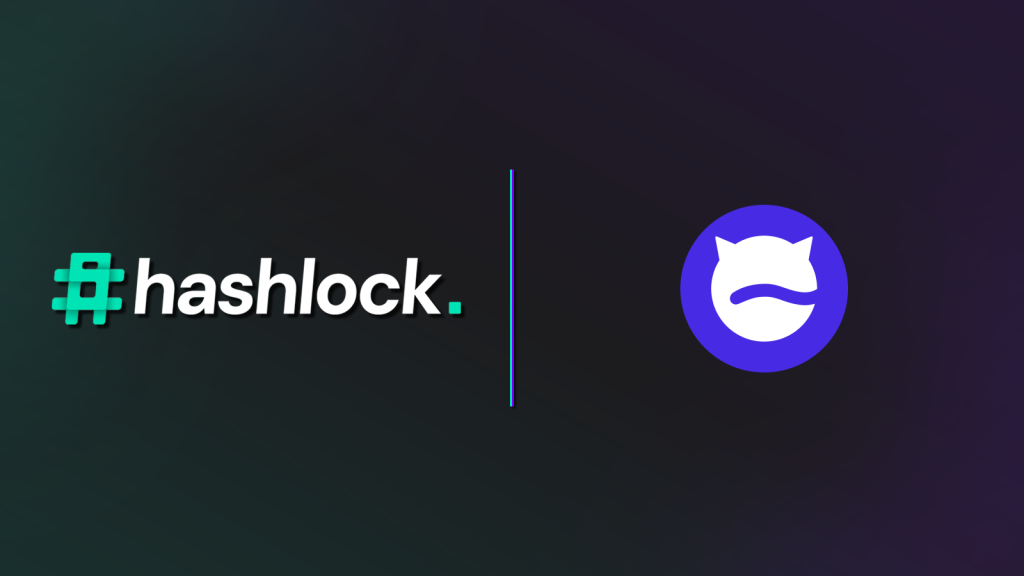Luxxfolio, a Canadian crypto infrastructure company, made a move this week that’s raising some eyebrows. They filed a shelf prospectus aiming to raise up to CAD $100 million. That’s about US $73 million. It’s a big number, especially considering their recent, pretty dramatic pivot.
Just a few months back, they became the first publicly listed company to anchor its treasury in Litecoin, stepping back from Bitcoin mining entirely. It’s a bold bet on a different horse.
Why Litecoin?
In a statement, CEO Tomek Antoniak called Litecoin “hard currency.” The logic, from his view, is all about scale. He argued that the larger their treasury and infrastructure, the better they can capture market share and push for wider adoption. This shelf prospectus, once approved, would give them the flexibility to issue shares or debt over the next 25 months to make that happen.
They’re not just talking about it, either. They started disclosing Litecoin purchases back in July. A strategic advisor even confirmed they’re aiming to hold a whopping 1 million LTC by 2026. Adding to the credibility, Litecoin’s own creator, Charlie Lee, joined their advisory board in June.
The Other Side of the Coin
But here’s the thing. The strategy is ambitious, yet the company’s financials are… well, not great. Their latest quarterly report shows no revenue and a net loss of nearly $200,000 for Q2. That’s a big jump from an $8,000 loss in the same period last year. Nine-month losses have more than doubled.
They ended the quarter with just $112,000 in cash and have relied on private placements to keep going. Total losses since 2017 are close to $19 million. Management itself has warned there’s “significant doubt” about their ability to continue without new money. It’s a tough spot.
Beyond Just Holding
So, can this strategy actually work? Some observers think it might, but only if it goes beyond simply stacking coins. Mehow Pospieszalski of American Fortress told Decrypt that a model like this could attract institutional capital, but only if it’s “paired with usable infrastructure.”
He pointed out that institutions won’t put money into a “ghost chain.” They want scalable systems, compliance, and real users. The big risk, he noted, is if these digital asset treasuries just sit on their holdings hoping the price goes up. That could lead to nasty leverage cycles. The difference comes if they actually build tools that grow the ecosystem.
Shawn Young from MEXC Research offered a more cautious take. He said institutional capital tends to flow toward assets with the deepest liquidity and strongest narrative—areas where Bitcoin is still king. Litecoin has technical merit, he admitted, but its institutional use cases are less developed. A Litecoin-focused treasury might find a niche with real utility, but it probably won’t see the same inflows as Bitcoin-based plans.
Still, there’s a sense that things are shifting. The move by Luxxfolio and others to treat altcoins as serious reserve assets is a quiet vote of confidence. It signals that institutional thinking is evolving, and maybe, just maybe, it’s not all about Bitcoin anymore.










